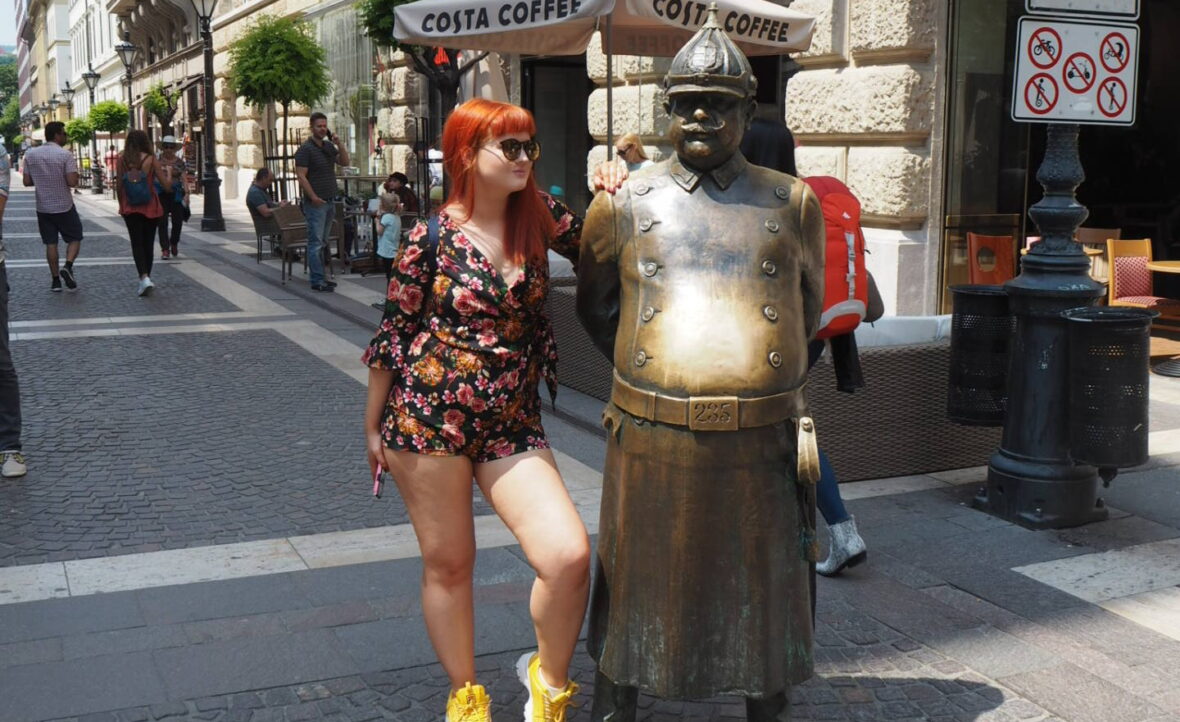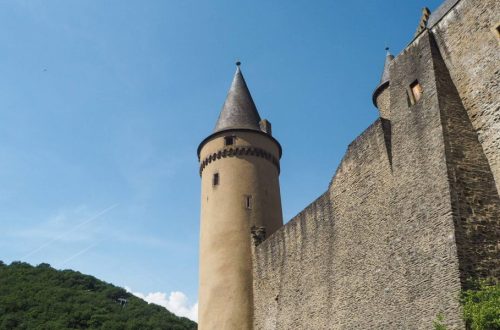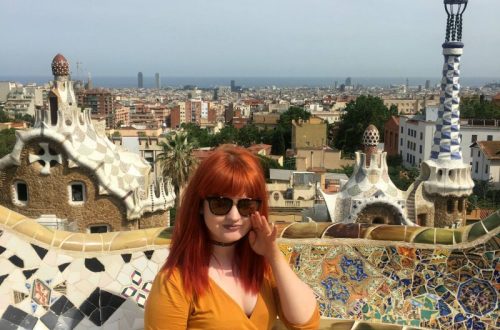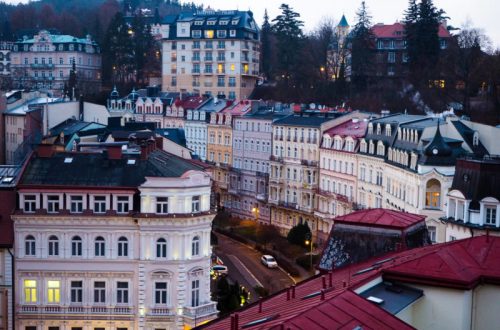There are so many things to do in Budapest – I’ve been twice now and there’s still things I want to do. The first time I visited, I was on a solo trip to Poland, Hungary and Slovakia and I stayed for two nights. My second trip was for four nights and included a Muse concert. If you’re thinking of going to the Hungarian capital, then I definitely recommend 3 nights or more.
Things to do in Budapest
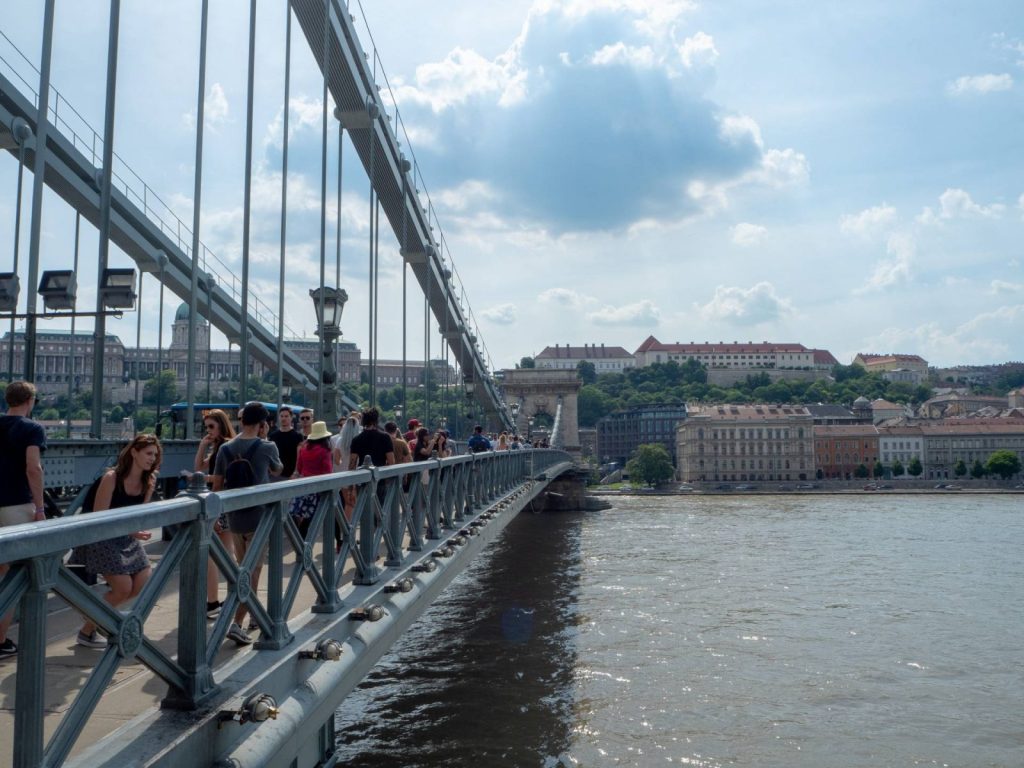
Do a free walking tour
I’ve written a whole post on why you should do a free walking tour in Budapest, but it definitely deserves a mention here. Walking tours are a fantastic way to explore a new city and I do them whenever I can. I’ve never been on a bad walking tour and I’ve been on many across Europe, including Belfast, Copenhagen and Prague. They are the first thing I will seek out when I start planning a trip (alongside cat cafes of course) and you’ll find they’re available in most cities. So far, all of the free walking tours that I’ve done have been ran by people who not only live in the area, but have grown up there. It’s such a great way to get a local’s perspective on both the country and the city.
The free walking tour that we did in Budapest was one of the best I’ve ever been on. We learnt so much about the city and got some fantastic recommendations from a local. We got to see many of the famous statues, including the Fat Policeman. From the walking tour we managed to find the best places to eat and learned more about Hungary’s history. I highly recommend that you look at free walking tours when you’re looking at things to do in Budapest.
If you can’t do a walking tour, then a sightseeing bus is a great alternative. I did this on my first trip to Budapest and it cost me 7500HUF which was around £17. This was a City Sightseeing hop on, hop off bus and the ticket was valid for 24 hours. It took me around to all of the main sights including Heroes Square, Chain Bridge and St Stephen’s Basilica.
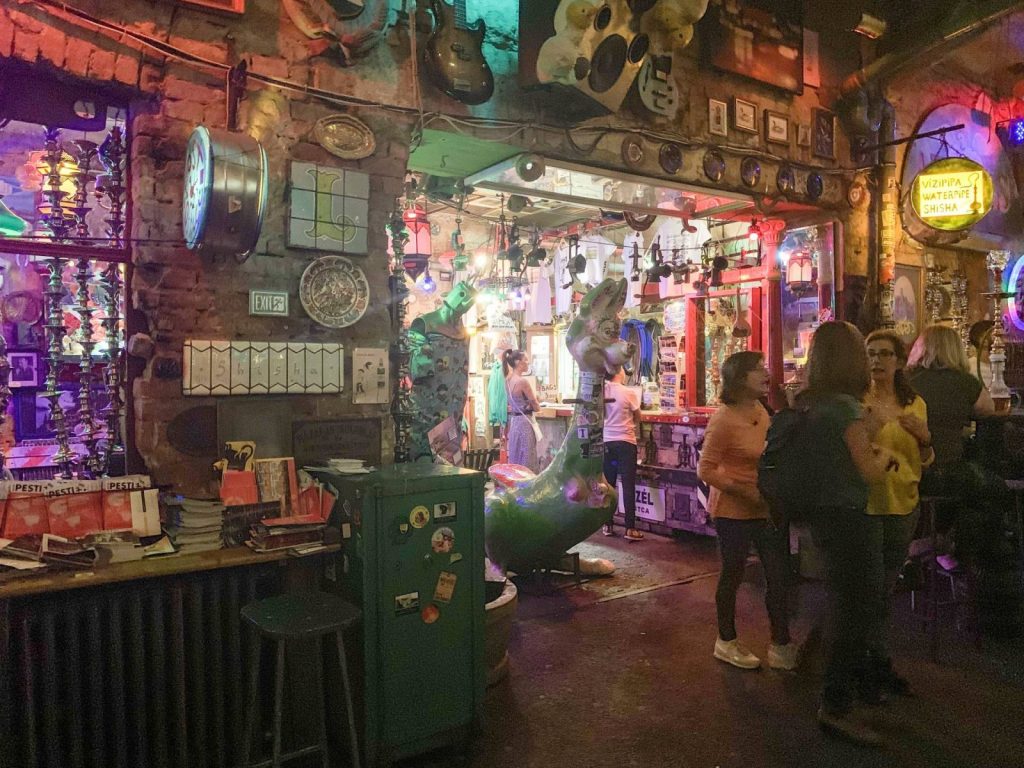
Have a drink in a ruin bar or two
You may have heard about the ruin bars in Budapest, but what are they? Ruin bars are bars that have been set up in abandoned buildings, primarily in the Jewish Quarter. Since the first ruin bar, Szimpla Kert opened up in 2004, there has been an influx of similar venues popping up across the city. Many of the ruin bars are used as community spaces during the day and are then have a bustling nightlife during the night.
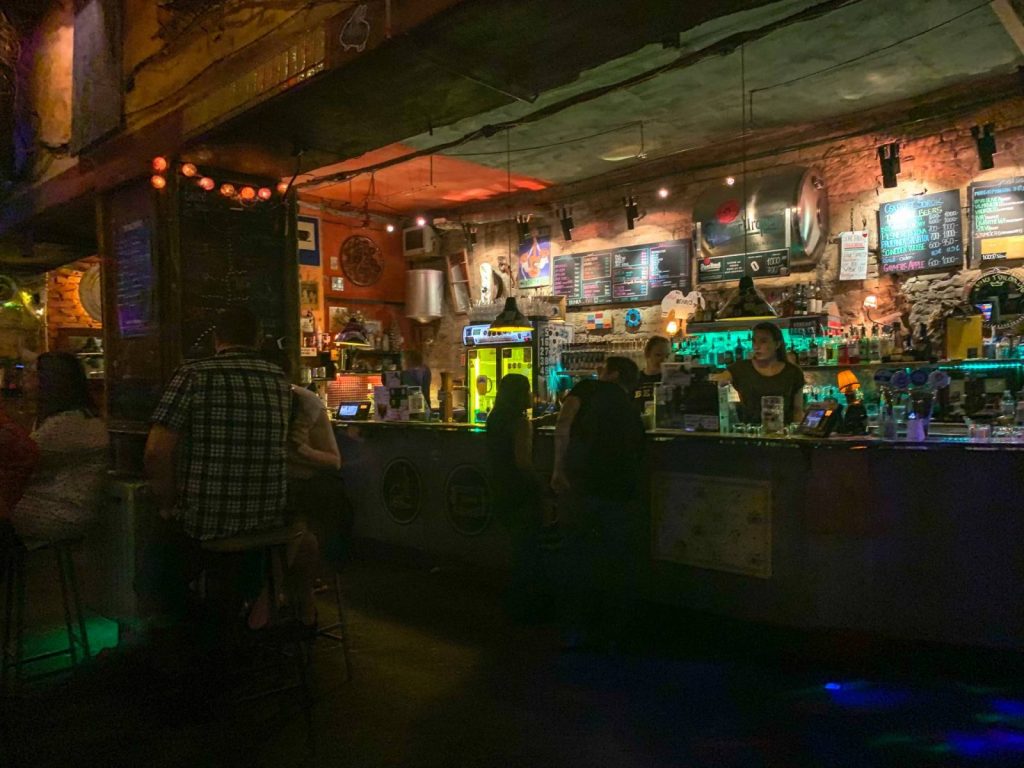
On my second trip to Budapest, I visited two ruin bars which were both located in the Jewish Quarter. Szimpla Kert is probably the most famous as it’s the original ruin bar and it’s the first one that we visited. Situated in an old, disused factory, Szimpla Kert is huge and has many different rooms to explore. While we were there, there was a live band playing in one room which had a great atmosphere.
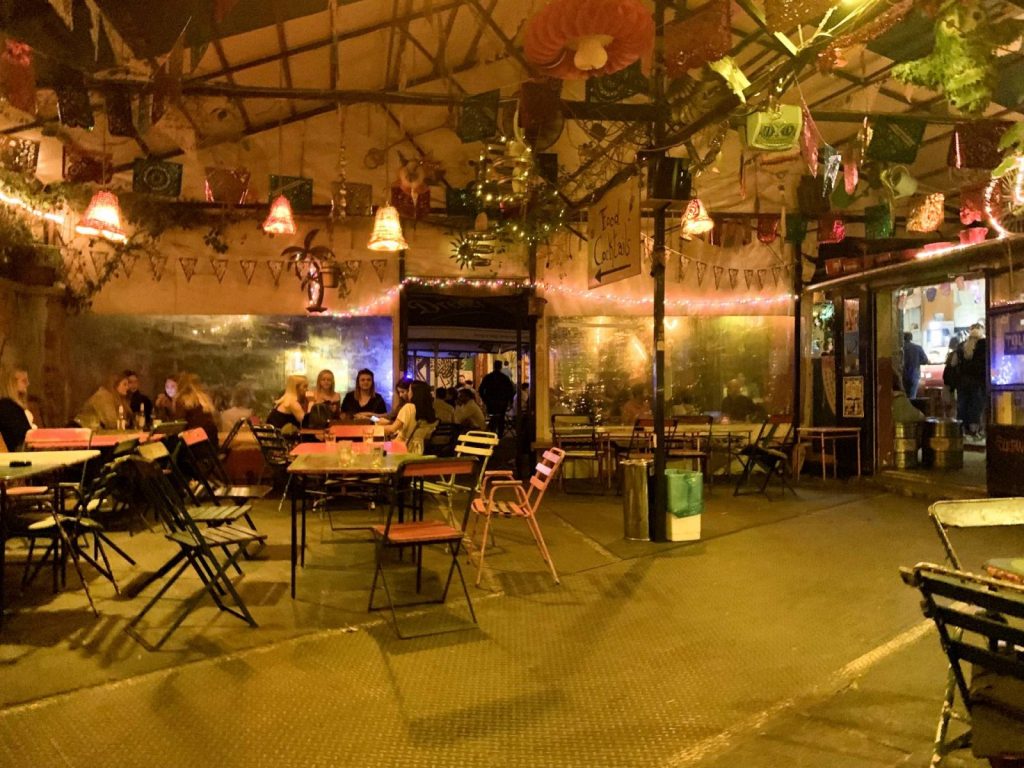
The second ruin bar that we visited, Ellátó Kert was just around the corner from Szimpla Kert. Ellátó Kert is housed in a former meat processing factory which has been kitted out with mismatched furniture, football tables and weird and wonderful lighting. As well as a great range of drinks, Ellátó Kert also serves Mexican Food.
Both of the ruin bars we visited had great atmospheres and were very popular with tourists. Drinks were very reasonable, with two alcoholic drinks coming in at around £5.

Visit one of the thermal baths
If you’re looking for things to do in Budapest, you’ll see that thermal baths always come highly recommended. Budapest is famously a city of many traditional Hungarian thermal baths. The thermal baths are more than just tourist attractions – they are an integral part of the city’s culture. Every day, locals meet up at the baths to socialise, relax and even play chess! If you choose to visit any of these baths, you may notice the occasional floating chess board.
We set a morning aside during our trip to visit the famous Széchenyi Baths which are on the Pest side of the city. They were really easy to get to, we took the M1 line on the Metro alighting at Széchenyi fürdő. From here it was just a one minute walk to the baths.
Széchenyi Baths is one of the largest spa complexes in Europe. It first opened in 1913 and has 21 pools in total, 15 of which are indoors. The pools have varying temperatures ranging from 18°C to 40°C and you may notice the smell of sulphur. Sulphur has healing properties and is very good for the skin. After a while, you get used to the smell and I noticed that my skin felt really soft afterwards.
How much does it cost to visit Széchenyi Baths?
Tickets can be booked online. They cost 9400HUF (around £21) on a weekday or 10900HUF (around £25) on Fridays and weekends. This price includes entrance to the baths and a locker to store your belongings. If you want to hire a cabin to get changed in and store your belongings, this is an extra 1000HUF (around £2.50). We went for the basic package, which meant we got changed in the gendered changing rooms. There’s no privacy here, it’s just a room with lockers and benches. So, be prepared to see naked strangers and be naked around strangers.
Any treatments come at an extra cost. We didn’t go for any extras, but I would definitely consider a massage if I ever visit again. Make sure you remember to take your own towel and flip flops.
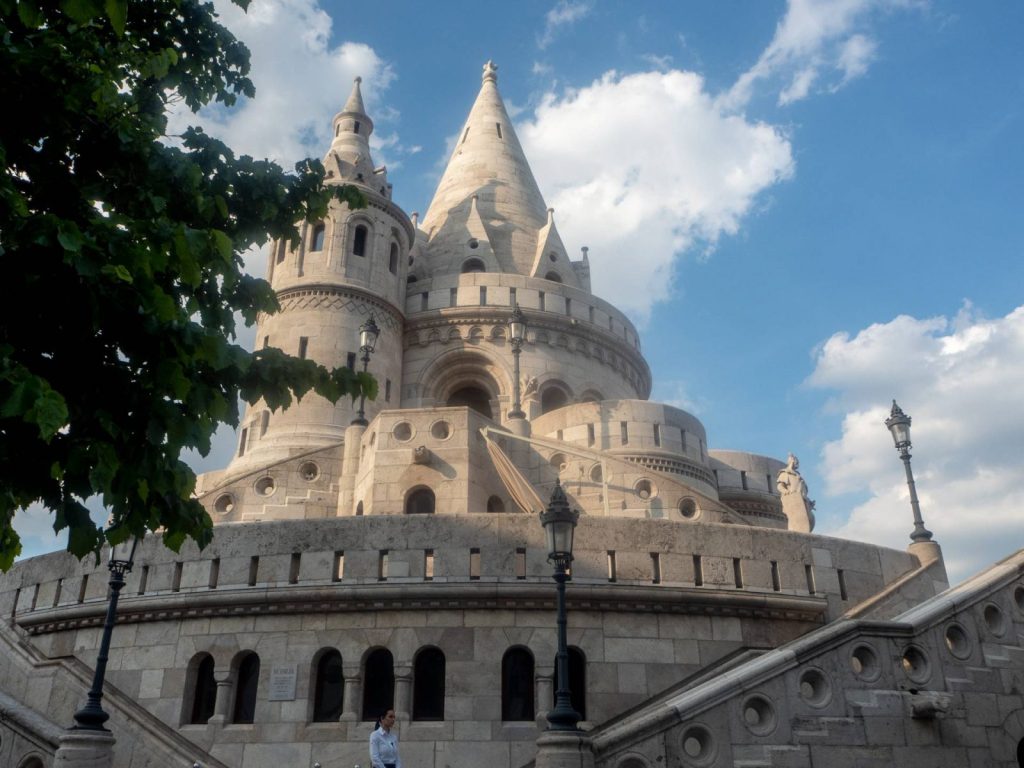
Explore both sides of the city
If you’ve done your research on Budapest, you will know that the capital originally consisted of three different cities, Buda, Óbuda and Pest. These three cities were merged in 1873 to form the Budapest that we know today. While it is now just one city, Budapest is divided into two parts, Buda and Pest with the River Danube running down the middle. If you want to delve into the history of the city and find out why it was named Budapest and not Pestbuda, then here is a great article.
Pest
As both parts of the city are very different, it is recommended that you explore each one. We stayed in the Pest part of the city. This is where you will find all of the restaurants, bars, the Great Market Hall and the Hungarian National Parliament building. If you want to experience Budapest’s busting nightlife, then you need to be in Pest where all the action is.
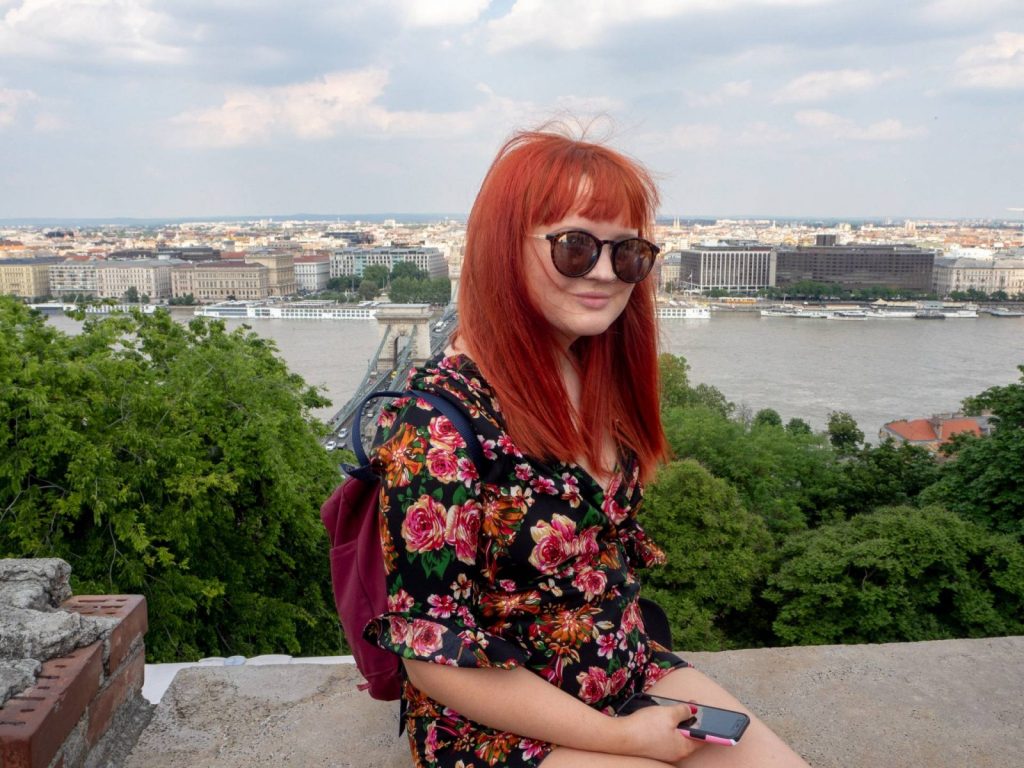
Buda
Buda is the much quieter side of the city. Here you will find Castle Hill, Gellért Hill, Fisherman’s Bastion and amazing panoramic views over the Danube. Buda is perfect for a day of exploring and and getting that famous view of the Hungarian Parliament Building which is the largest building in the country. It is also the third largest parliament building in the world!
If you want to visit Budapest’s most famous thermal baths, Gellért Baths then you need to be in Buda. You can also find Rudas Baths and Kiraly Medicinal Bath on this side of the city. Generally, as Buda is the more upmarket side of the city, the baths you find here are more luxurious. Gellért Baths is famously housed in a beautiful Art Nouveau style hotel.
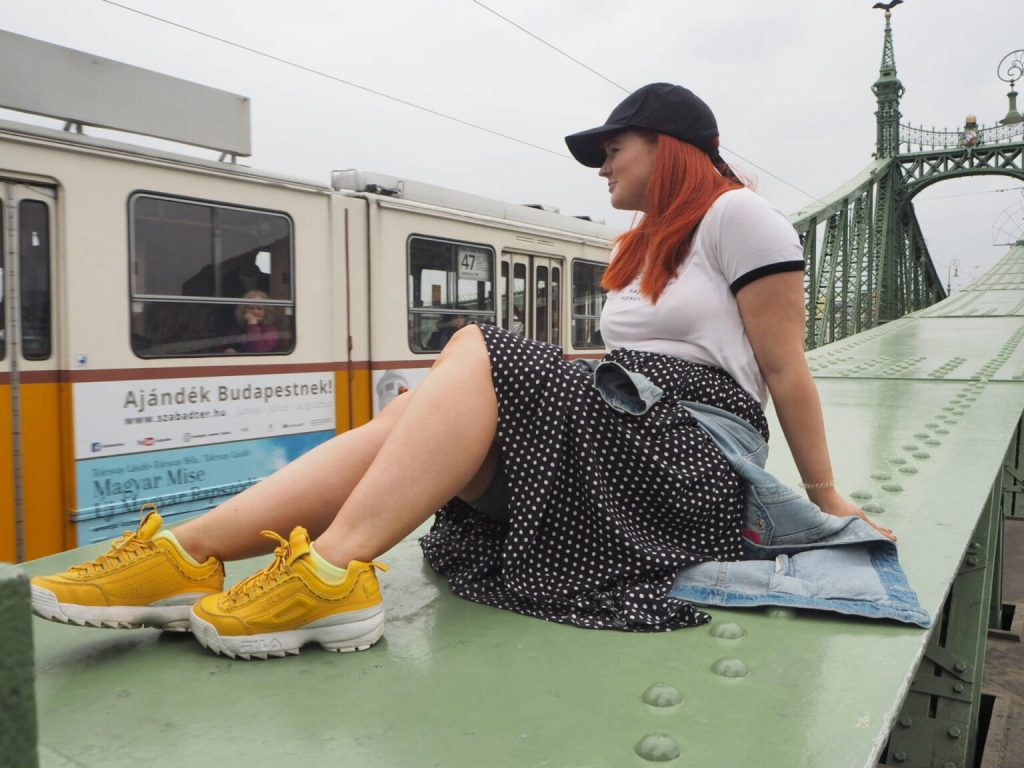
The two different parts of the city are connected by a series of bridges. In total, there are 8 bridges that span the Danube. The most famous being Chain Bridge which is also the oldest. This is the bridge that our tour guide took us over when we did the free walking tour. It certainly gets a lot of foot traffic but is also accessible by car or bus.
The second oldest is the Liberty bridge with its iconic green structure. There’s a tram that runs along this bridge or you can walk across it. Walking along any of the bridges allows you take in the sights of both Buda and Pest while enjoying the view of the River Danube.
Try out the local cuisine

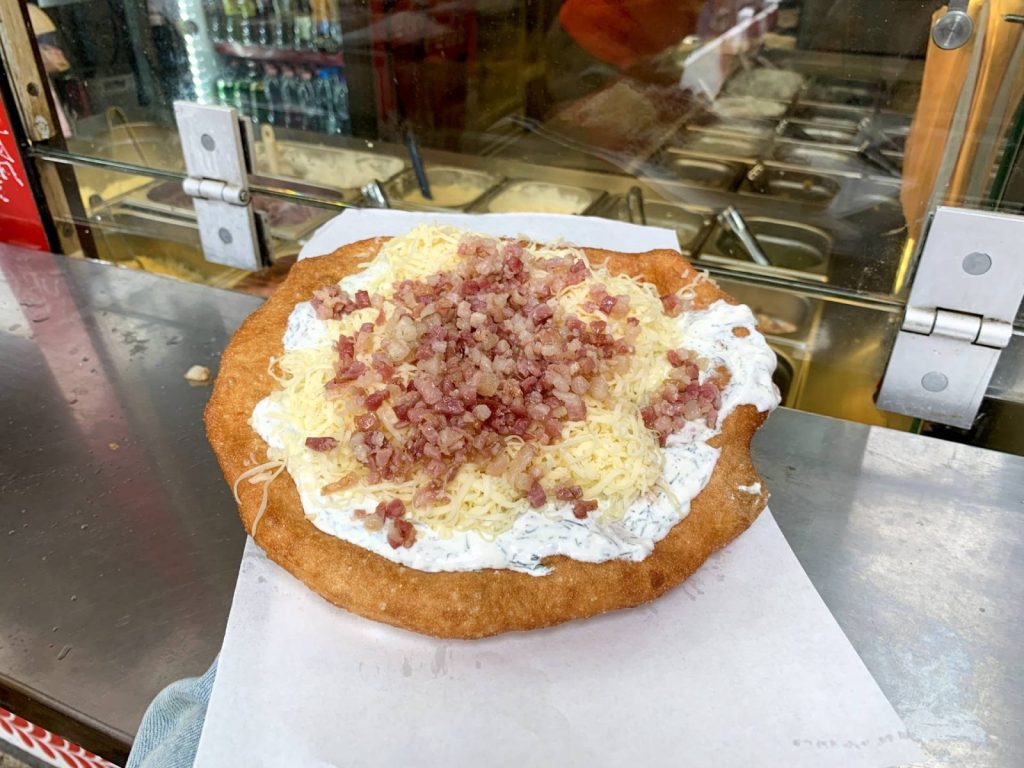
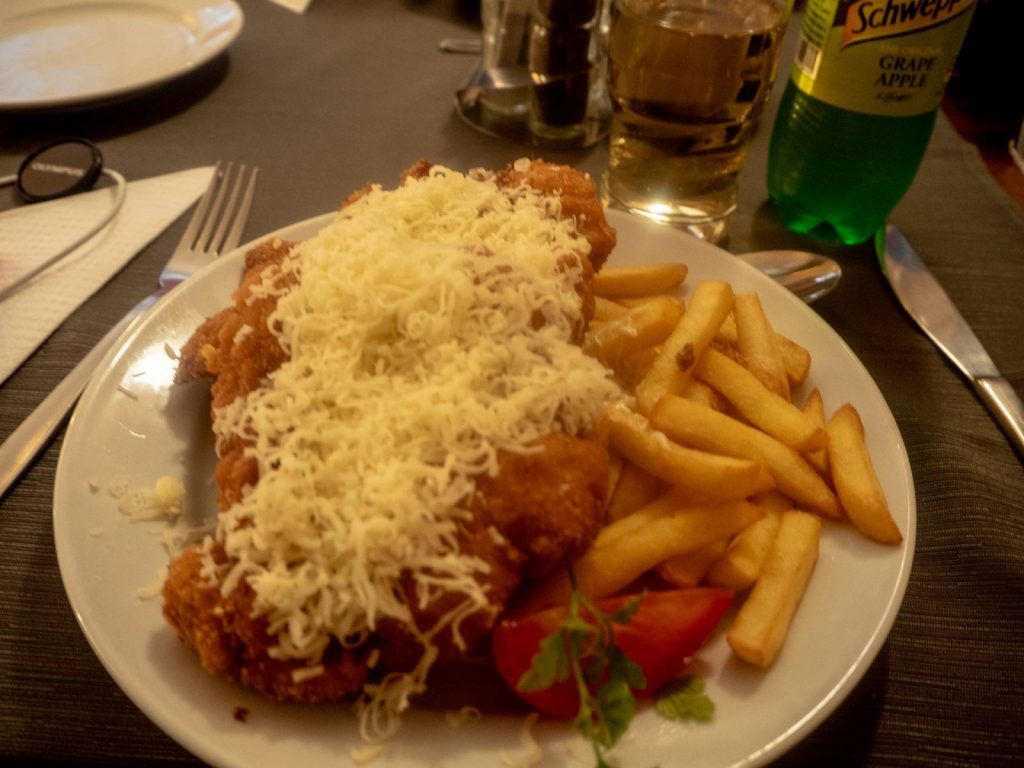
One of the most important things to do in Budapest is try out the local cuisine. If you’re not sure what Hungarian food is like, think goulash, paprika, a lot of meat and cheese. Paprika is used in many traditional Hungarian dishes; you will find it being sold in all of the souvenir shops. If you find that you enjoy the Hungarian cuisine, then you can take some paprika home with you.
I enjoyed all of the food that I tried so much that I wrote a blog post on the best food and drink spots in Budapest. One of my personal favourites was Lángos which we bought from a street food vendor recommended by a local. Lángos is a piece of deep fried, flattened dough with toppings, traditionally garlic, sour cream and cheese. They are very tasty, but hard to eat and the portions are huge. I recommend finding somewhere to sit down if you get one and perhaps sharing it.
Another great treat to try in Budapest is a chimney cake or Kürtőskalács. These cakes are traditionally cooked on a spit and then usually coated in sugar and can be filled. I’ve tried one coated in cinnamon sugar and another filled with ice cream. Both were delicious and I totally recommend you give them a go.

